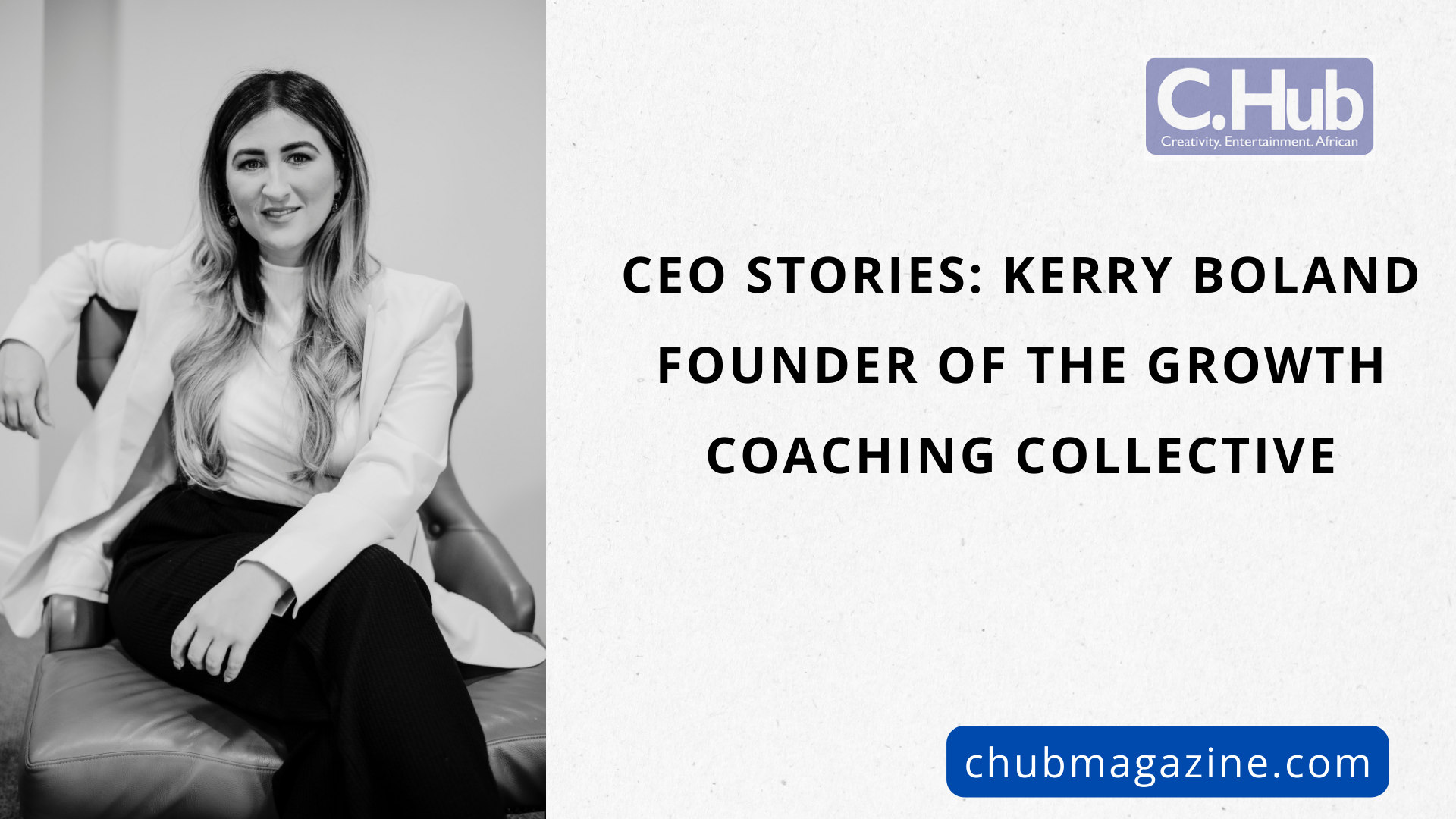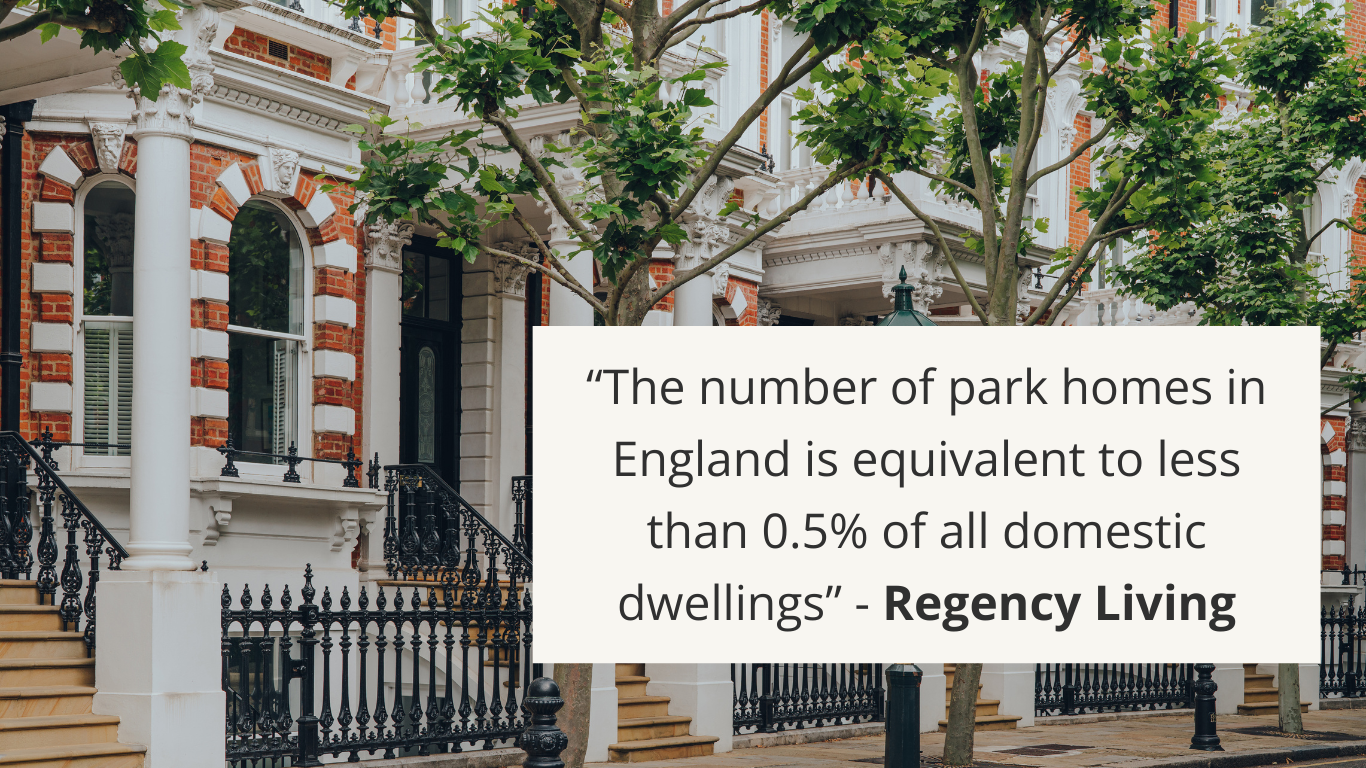
How to Promote Your Startup on Instagram
Instagram is now surely a promising eCommerce platform. More than 500 million people use Instagram daily, and about 200 million visit different business profiles. If earlier Instagram was just a place to share your content with friends, now it resembles a digital marketplace where people search for products and services. But how should a startup profit from Instagram?
Difference between B2B and B2C startups
Marketing strategy depends on the project you’re developing.
No wonder that these two business types differ. Not only is the target audience a distinguishing feature, but a brand voice, promotion instruments, relations with clients, and marketing strategy.
Target audience
The most apparent difference between B2B and B2C projects is their audience. The B2B segment startups aim at developing products and services that satisfy the needs of other businesses and their clients. Such startups typically need more investments and time to develop credibility to the brand and earn the market power. B2B projects have no right to fail or have a poor quality product.
The B2C projects deliver their products or services to an end-user, a regular individual. But this doesn’t mean that B2C startups are lucky ones and everything goes easily for them. Usually, the B2C market is overwhelmed with products and services; thus the competition level is rather high.
Brand voice
If audiences are different, the way you speak to them should also diverse. B2C messages should be distinctive and yet simple so that an end-user could at once realize if this particular product is what they look for. Typically, B2C clients are emotional buyers, and as soon as they find their ideal solution, they won’t do further research. Make sure your brand voice convinces your audience from scratch that they should search no more. Sound like you’re a friend of your customer who is always ready to help with advice.
B2B clients are pickier. They investigate the market thoroughly to find their perfect solution. Sound friendly and yet professional. Build relationships with other companies through the language you speak to them. Make your potential and current clients trust you more. These clients pay you much more than B2C customers and require a different approach.
Promotion instruments
Speaking about the Instagram promotion instruments, they are generally the same. But in a broader marketing context, there are slight differences.
Business with a consumer end typically bet on PR more since publications in famous magazines and blogs may lead to high conversion rates. Regular customers don’t always differentiate a native ad and an article, so it’s easier to convert them. Though brand awareness is vital for B2B companies as well since it assists in finding affiliates.
The lifetime value of a B2B customer is typically higher than one of a B2C startup, so consumer-end businesses often focus on creative ads, social media, and discounts rather than Google Adwords.
A step-by-step strategy to promote your startup on Instagram.
Step 1. Set your goals.
Answer yourself, why you need Instagram. To increase brand awareness? Or to build the loyal community? Or to find new customers, perhaps? Based on your primary goal, develop your Instagram marketing strategy.
Analyze your competitors and target audience within Instagram or via third-party tools like Combin. Just type a hashtag or keyword that reflects your business and have relevant results.
When you have the results, you can start interacting with people you’ve found – like, comment, or follow them to grab their attention.
Step 2. Create valuable content.
After you fully understand what you need from Instagram, start planning your content. Make it valuable and engaging. Don’t mix your personal posts with business-focused posts – be consistent. Your content should be useful and yet entertaining for your customers. Post videos write captions with recommendations, tips, and case studies. This works exceptionally well for B2B startups since their customers wait for expert content. Don’t forget about selling posts but mix them with other types of content. To make people engage with your profile more, bet on Stories and IGTV. Giveaways, challenges, quests, and user-generated content will help your clients to interact with you more.
Step 3. Collaborate with brands and influencers.
As they say, no man is an island, and this could be easily applied to marketing. Collaborations and communications are everything on social media. Find relevant bloggers who can assist you in promoting your startup. But be careful and thoroughly check an influencer’s ER, audience, and the whole profile statistics. Pay specific attention to the first two points – ER and audience. Before paying to an influencer for sponsored posts, make sure people that follow them are your target audience. You’d better choose a relevant micro-influencers rather than a blogger with million followers that will highly unlikely buy anything you sell.
On Instagram, you can collaborate not only with influencers but with other startups like yours. Just find a startup with a related product. For instance, you’re a B2C startup developing IT solutions for downloading posts from Instagram. Your potential collab may include brands and content creators like music bands, photographers, film making studios, fitness studios who upload their workouts on the platform, etc. The doors are open.
Step 4. Use safe tools for automation.
Manual Instagram promotion may be challenging, so sometimes it’s easier to use automatic tools for your profile growth. Actions like follow, likes, and comments are time-consuming when you perform them manually, so with third-party tools like Combin, it’s more accessible. Search for relevant users, interact with them within the app, and analyze your profile engagement.
Step 5. Analyze your actions.
Marketing without analysis is not marketing. Use Instagram native stats or use Combin to track your progress and correct your strategy if needed.
Things you should avoid in your promotion strategy
Bots.
Bot comments, likes, and followers will kill your engagement rate and the whole Instagram statistics. Don’t buy bots if you want people to buy your products.
Spam.
Don’t spam with comments under other people’s posts. You will look obtrusive and annoying. The same principle is with your own Stories and posts – don’t post too often. When a brand or regular user posts too many Stories, others just skip them, so up to ten stories, a day will do. Speaking of feed posts, one post a day is fine, no need to make two or three days.
Same hashtags.
Don’t use the same pack of hashtags under each post of yours. This is considered as spam by Instagram, and you risk getting shadowbanned. Mix different hashtags, create your brand tags and use real-time ones that are on top now. And don’t forget to check if the hashtags are not hidden or banned by Instagram. You can simply google which hashtags Instagram doesn’t like.
Full automation.
Automation tools are great assistants, but if you use them unwisely all the time for any action, Instagram will easily detect it and suspend your account.
Lots of giveaways.
The audience that is attracted to free giveaways is typically not relevant. These people will disappear as soon as the giveaway is over.













Comment